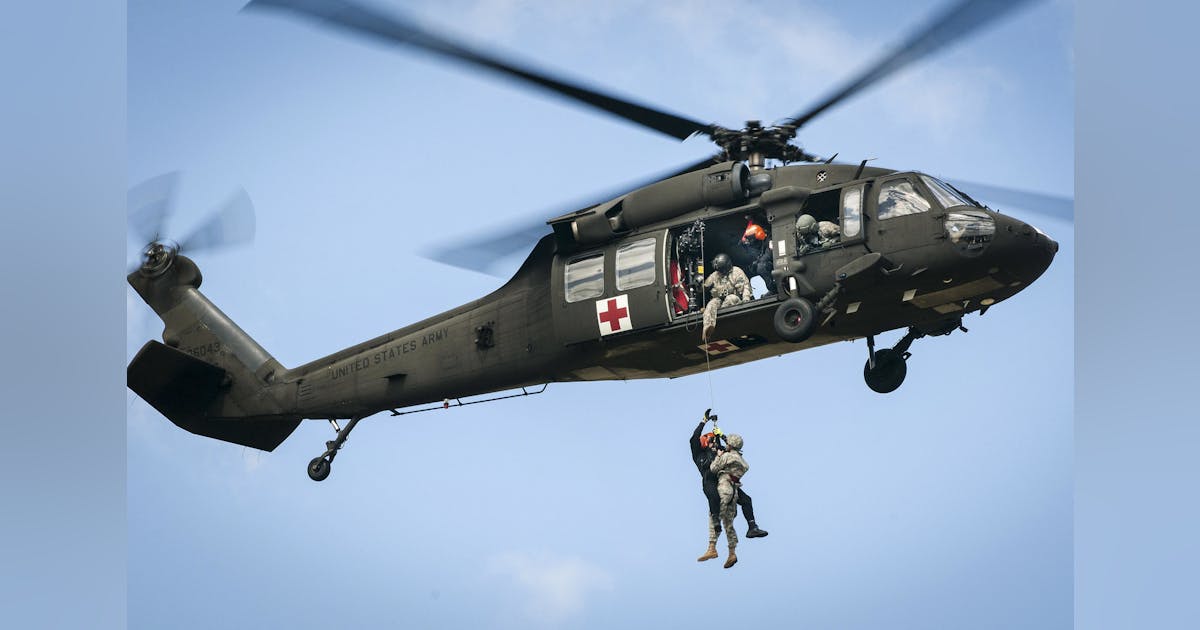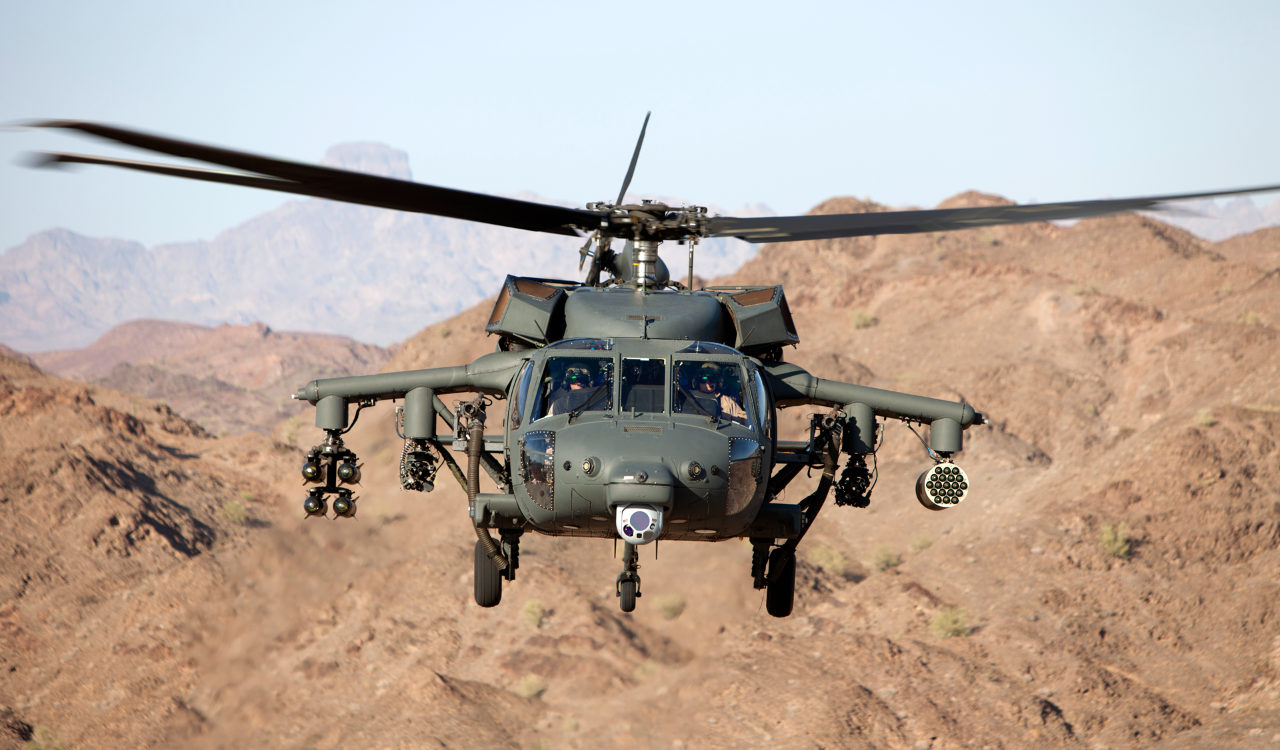Exploring the Ingenious Modern Technology Behind Aircraft Layout and Design
The area of airplane style and engineering is seeing a transformative change driven by cutting-edge innovations that improve effectiveness, efficiency, and sustainability. Advanced products such as carbon fiber compounds and titanium alloys are setting brand-new criteria, while wind resistant advancements and fabricated knowledge are enhancing processes and enhancing outcomes. As the sector faces the challenges of ecological obligation, advancements in lasting air travel innovations guarantee to reshape the future. However, the effects of these advancements extend beyond efficiency metrics; they may redefine the very nature of flight. What might this imply for the market in its entirety?
Advanced Products in Airplane Style
Exactly how can the assimilation of innovative materials transform aircraft style? The unification of sophisticated materials, such as carbon fiber compounds, titanium alloys, and progressed ceramics, plays a vital function in improving aircraft efficiency and efficiency.
In addition, advanced products display enhanced resistance to deterioration and tiredness, causing lower maintenance costs and prolonged life span. For example, the usage of titanium in vital parts assists hold up against extreme temperatures and stresses, while carbon fiber composites provide flexibility in design and manufacturing processes. This adaptability enables even more aerodynamic shapes, adding to premium performance qualities.
In addition, the integration of smart materials, which can alter homes in action to exterior stimulations, opens new methods for adaptive systems in aircraft design. uh 60. These technologies assure not just to boost safety and security and functional performance however additionally to add to sustainability efforts by minimizing ecological influence via decreased exhausts. In recap, advanced products are redefining the landscape of aircraft style, paving the method for much more reliable, long lasting, and eco-friendly aviation options
Wind Resistant Innovations for Performance
Aerodynamic innovations play an essential duty in boosting aircraft effectiveness, dramatically influencing fuel usage and general performance. Advances in airfoil style, such as the introduction of supercritical wings, enable maximized lift-to-drag ratios, minimizing drag at transonic speeds. These technologies make it possible for airplane to preserve greater rates with lower gas expenditure, directly influencing functional prices and environmental sustainability.
Additionally, the combination of winglets has verified efficient in reducing vortex-induced drag at the tips of wings, additionally boosting fuel efficiency - uh 60. This design adjustment brings about a decrease in wake turbulence, adding to enhanced aerodynamic performance throughout cruise conditions

Furthermore, computational fluid characteristics (CFD) devices have changed the screening and refinement of wind resistant shapes, allowing for accurate simulations of air flow around airplane (uh 60). This enables engineers to innovate continuously, making sure that contemporary airplane not just fulfill regulatory standards yet also press the limits of effectiveness in aeronautics

Function of Computer System Simulations
Computer system simulations have become an important device in the area of aircraft layout, making it possible for designers to perform thorough analyses and optimizations of numerous design elements. These simulations allow for the virtual testing of aerodynamic buildings, architectural stability, and efficiency metrics long before physical models are developed. By employing computational liquid characteristics (CFD) and finite element analysis (FEA), designers can predict exactly how air moves around the aircraft and exactly how various materials will react to tension and pressure.
Additionally, computer system simulations assist in the expedition of a wide variety of situations and variables, accelerating the design process and decreasing costs related to physical screening. This capability not only improves the precision of forecasts concerning aircraft behavior however also offers insights right into potential design enhancements that may not be promptly evident via typical techniques.

In addition, simulations help ensure compliance with strict safety guidelines by permitting engineers to recognize and correct prospective problems early in the design stage. The assimilation of simulation modern technologies right into the airplane layout process underscores the significant innovations in design methods, ultimately contributing to the development of more secure, much more effective, and eco-friendly aircraft.
Expert System in Engineering
Expert system (AI) is revolutionizing the engineering landscape, particularly in airplane layout, by boosting decision-making procedures and maximizing layout workflows. Via artificial intelligence algorithms, AI can evaluate substantial datasets, uncovering patterns and insights that notify style choices and enhance general performance.
AI applications in aircraft layout consist of generative style, where formulas create several design alternatives based on specified parameters, enabling designers to evaluate a broader range of possibilities. This not only accelerates the layout stage but additionally ensures that the final products satisfy strict efficiency and security requirements.
Additionally, AI-driven predictive analytics promote upkeep scheduling by assessing historical information and predicting potential failings. This positive strategy lowers downtime and boosts aircraft integrity.
Additionally, AI help in simulation and modeling, enabling engineers to examine styles under numerous conditions without the need for physical models. This capability shortens development timelines and decreases expenses connected with standard screening approaches.
Sustainable Air Travel Technologies
How can the aeronautics sector efficiently equilibrium growth and environmental responsibility? The solution hinges on the fostering of lasting aviation technologies that focus on effectiveness and minimize carbon emissions. Advancements such as sustainable air travel gas (SAFs), which are obtained from sustainable resources, have become a critical element in attaining lower lifecycle discharges. SAFs can dramatically reduce the carbon impact of flights, making them a viable alternative to typical jet gas.
Additionally, advancements in airplane design, such as the advancement of my company lighter materials and even more aerodynamically effective forms, contribute to improved fuel effectiveness. Electric and hybrid propulsion systems are also obtaining traction, supplying a pathway to minimize reliance on nonrenewable fuel sources and lessen greenhouse gas exhausts.
The assimilation of these technologies is supported by governing frameworks and market partnerships targeted at establishing ambitious sustainability targets. Moreover, electronic tools like information analytics and expert system can enhance trip operations, better improving gas effectiveness. By accepting lasting methods and modern technologies, the air travel industry can not only satisfy the expanding demand for air travel but additionally play a pivotal role in attending to climate modification, ensuring an extra sustainable future for air transportation.
Verdict
The merging of innovative materials, aerodynamic innovations, and cutting-edge modern technologies marks a significant advancement in airplane layout and engineering. The integration of carbon fiber composites, titanium alloys, and AI-driven processes not just boosts performance and efficiency but likewise enhances workflows and anticipating upkeep. Furthermore, the recurring advancement of sustainable air travel modern technologies underscores a dedication to ecological duty, leading the method for a greener future in aviation. This continuous technology will form the sector's trajectory for many years to come.

Computer simulations have come to be an essential device in the field of aircraft style, allowing designers to conduct thorough analyses and optimizations of numerous design elements.The convergence of innovative products, aerodynamic technologies, and sophisticated modern technologies notes a considerable advancement in airplane layout and design.